The coronavirus has caused almost unprecedented disruptions to commercial activity around the world (I wrote “almost unprecedented” because the great flu influenza of 1918 caused similar confusion and disruption to the WWI generation). Worldwide, the 1918-1919 influenza may have killed over 50 million people, many of whom were in India. Read The Great Influenza: The Story of the Deadliest Pandemic in History by John M. Barry to see how the world coped at that time.
A New Jersey friend asked if I had been taking virus pictures around Vicksburg. I wondered, how could I show what was different than normal? A hundred photo web pages recommend lame coronavirus exercises such as “How to photograph an egg in creative light” or “Get closer to your pet or your broccoli for the most impactful portraits.” OK, maybe if you are totally confined indoors and are totally bored. But here in Vicksburg, Mississippi, we are not confined indoors, and I thought of some topics.
Quieter streets
Photographers around the world have shown pictures of their normally crowded streets being completely empty. The Weather Channel has an article documenting penguins, lions, bears, and other critters walking in now-empty city streets. Vicksburg has also been quiet, but it does not look drastically different from normal. The streets here have traffic but usually not bumper-to-bumper. As a bicyclist, the quiet streets are very welcome. Night-time is gloriously serene. The mayor enacted a curfew from 11:00 pm to 05:00 am, and for once we do not hear old jalopy cars clunking down the street at all hours of the night. Now we can hear tree frogs or an occasional tow on the Mississippi River.
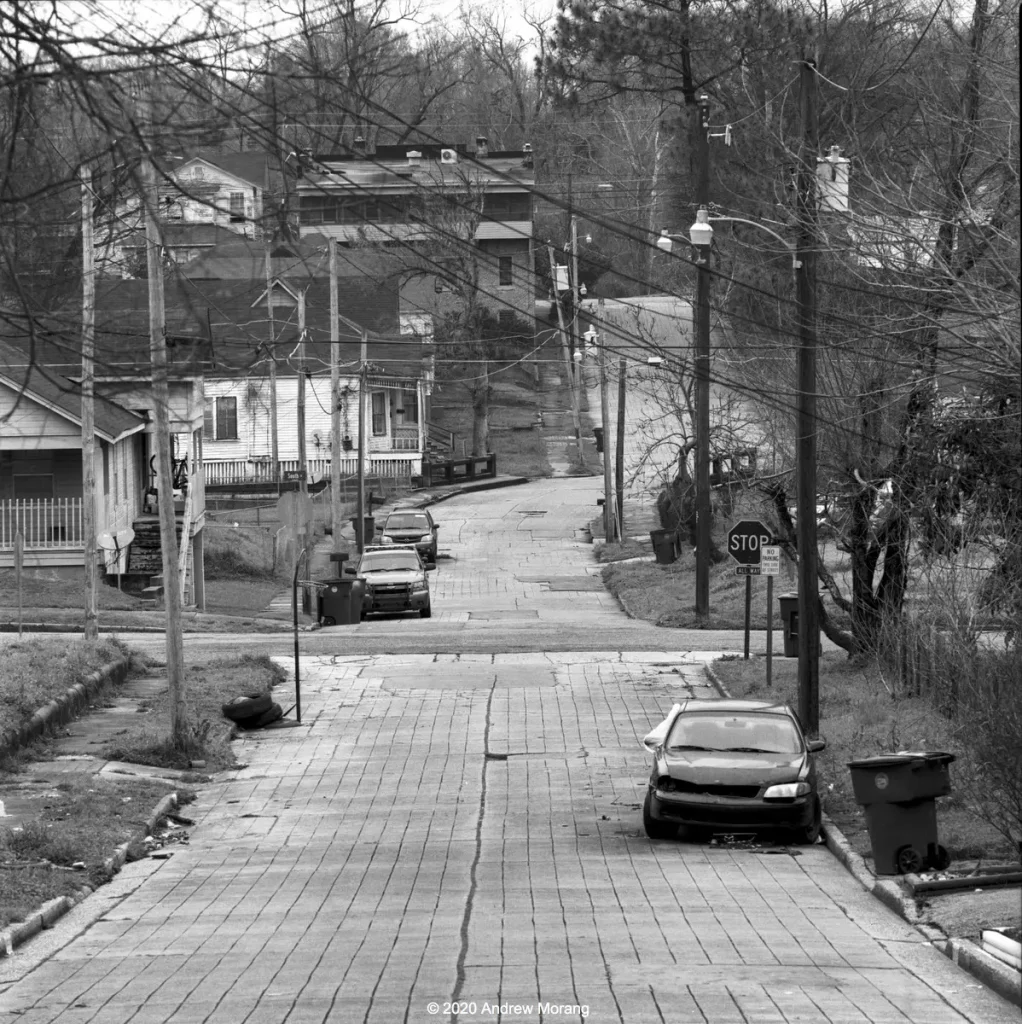
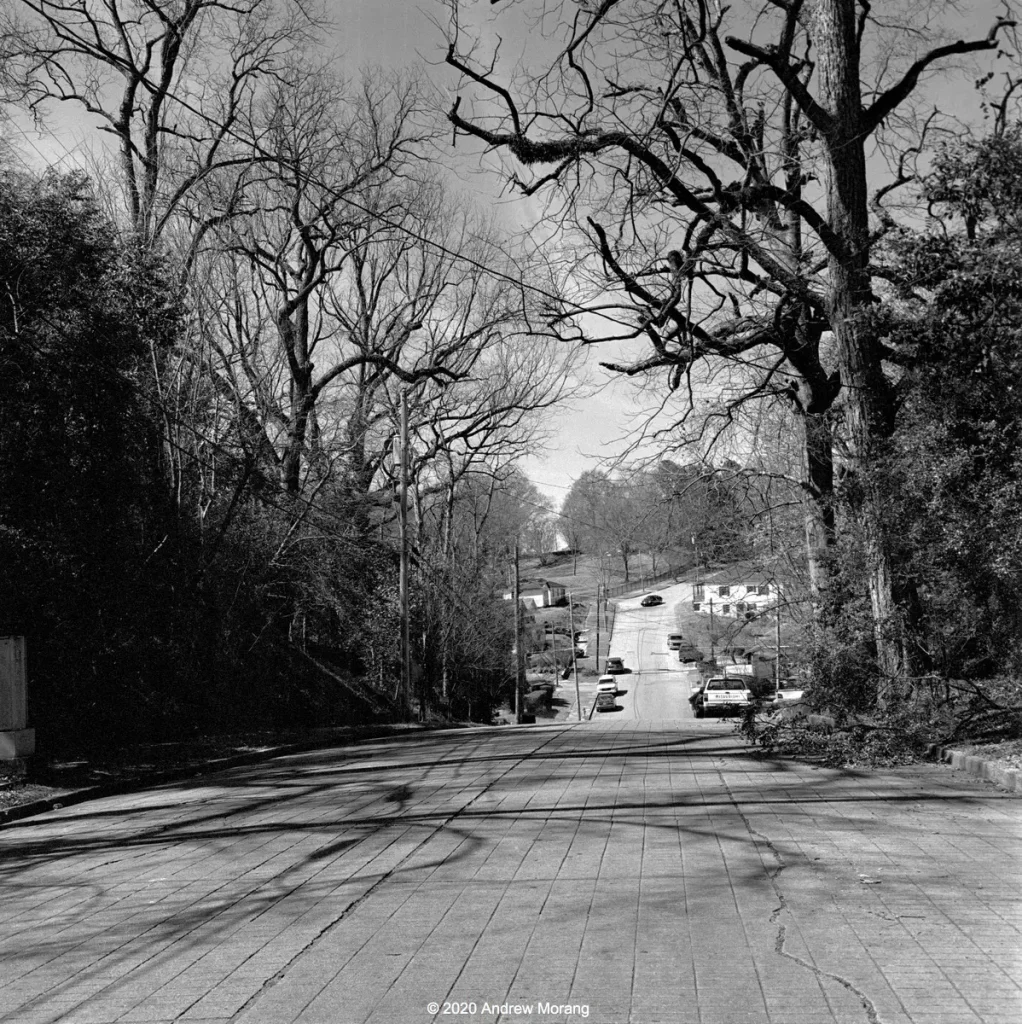
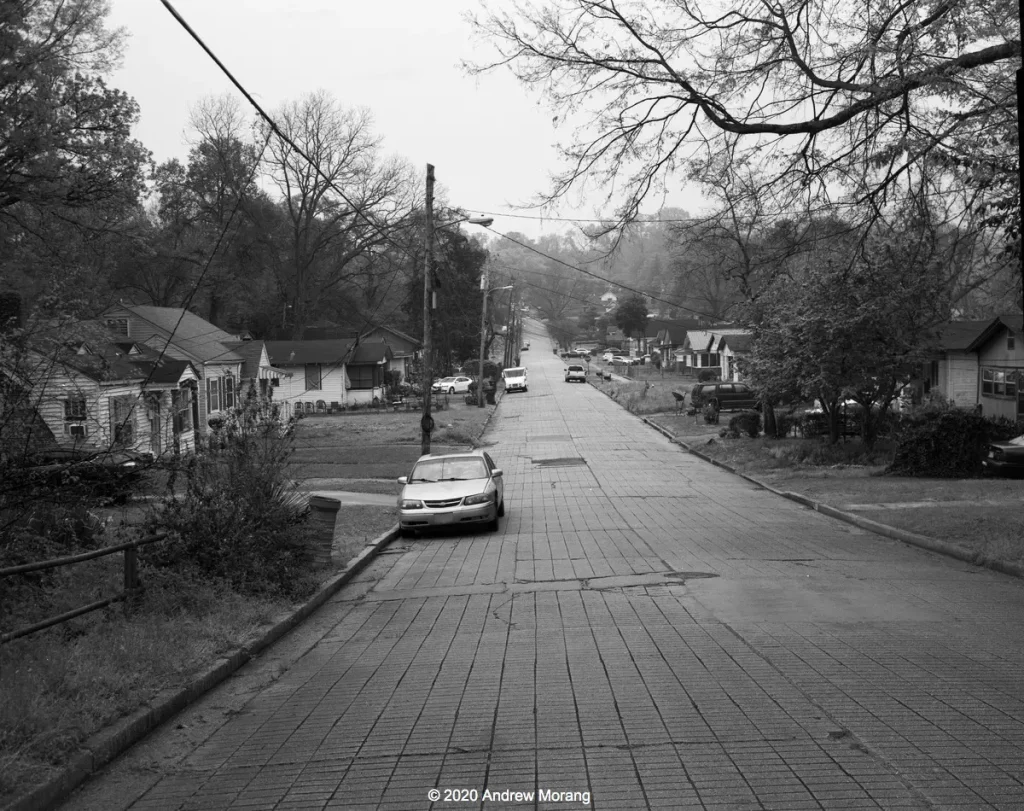
By the way, I mentioned animals above. A police department camera recorded a bear ambling near the City swimming pool. But we do not have penguins.
Casinos
They are are closed! Normally, they are open 24 hours. The casinos are situated along the banks of the Mississippi River. Here are two examples.
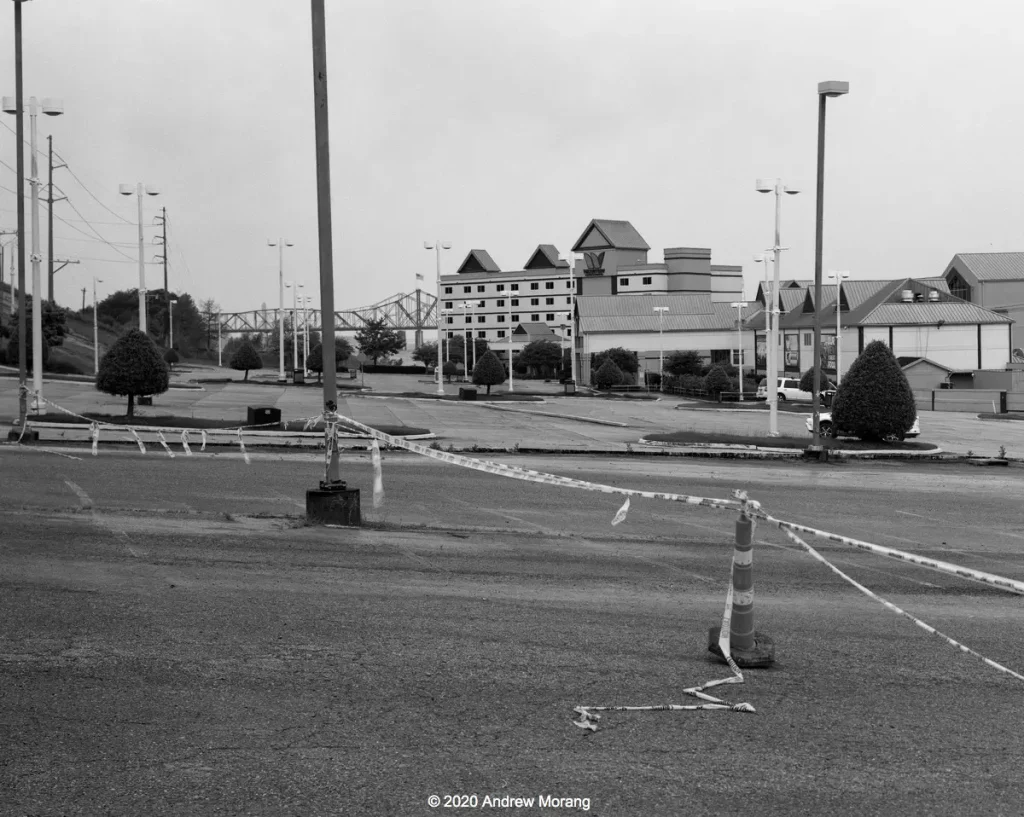
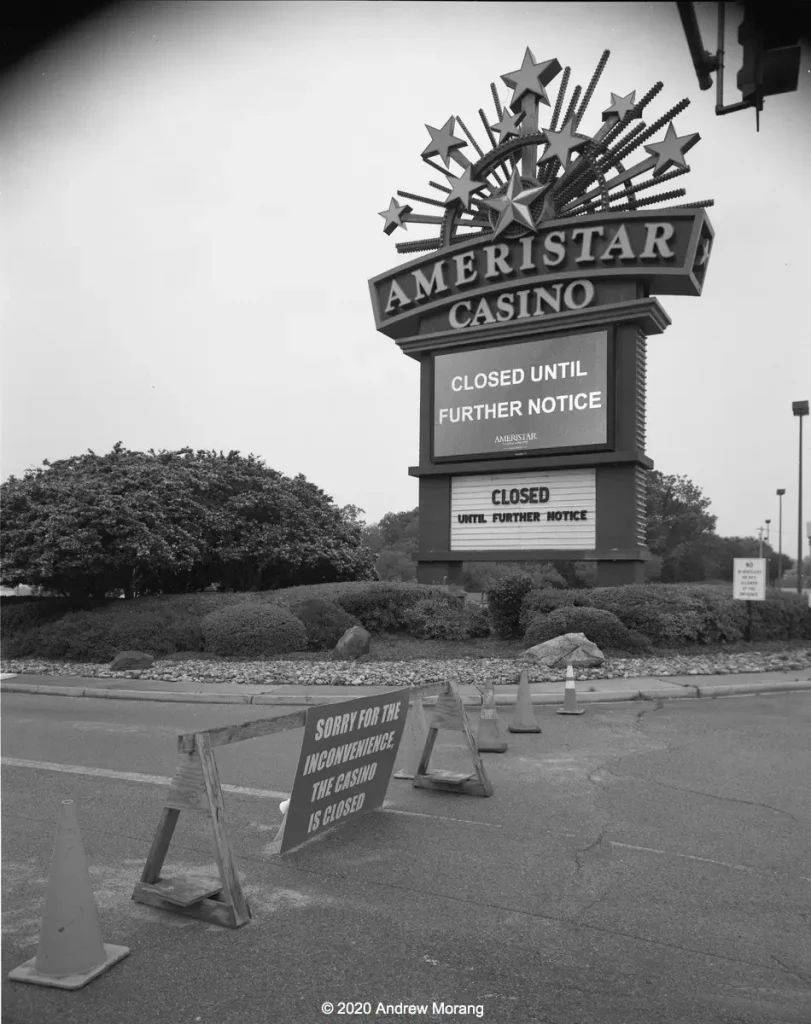
No more cruise boats
Up through February 2020, 3 or 4 river tour boats per week moored at the Vicksburg waterfront. The river cruise business was devastated by the 2007-2008 recession but had nicely recovered. The tourists took busses to the Vicksburg National Military Park and to some of the churches. I am not sure if they spent all that much in town, but it was nice to see visitors. This is a photograph of the “America” moored at the waterfront during happier times in 2019. We also saw many visitors from Europe, especially music lovers who drove Route US 61, the “Blues Highway,” but they, too, are not here now.
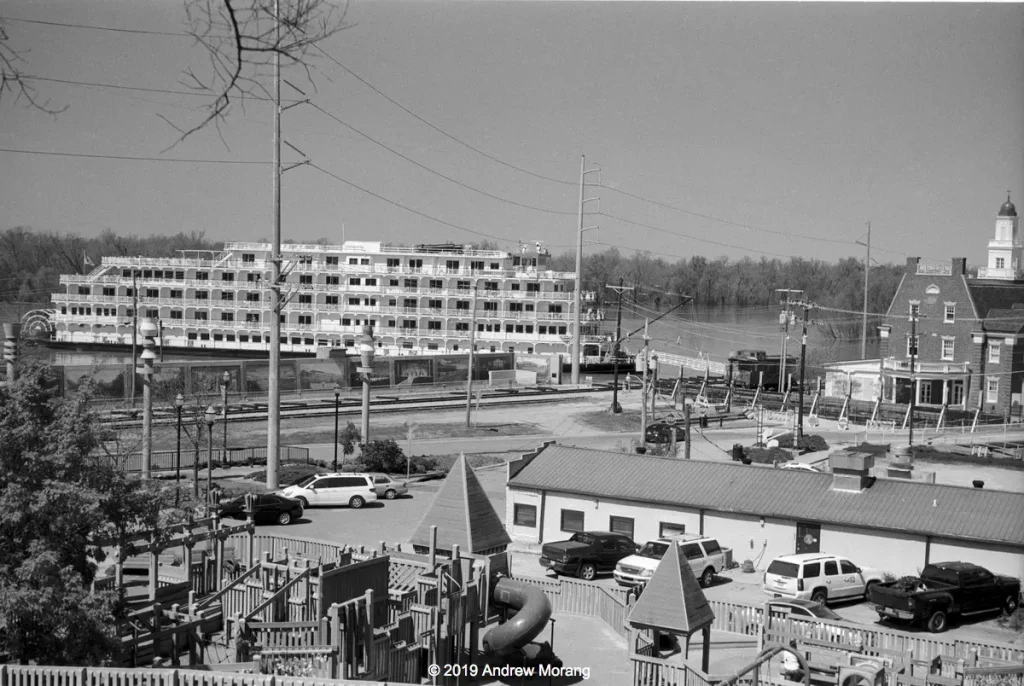
Limited changes
Even the gas stations are a bit quieter. But some places in town look about the same as ever. The dudes still hang around the gas station convenience stores and the car wash places, as if they did not read the warnings about not gathering in groups. And almost none of them wear masks.
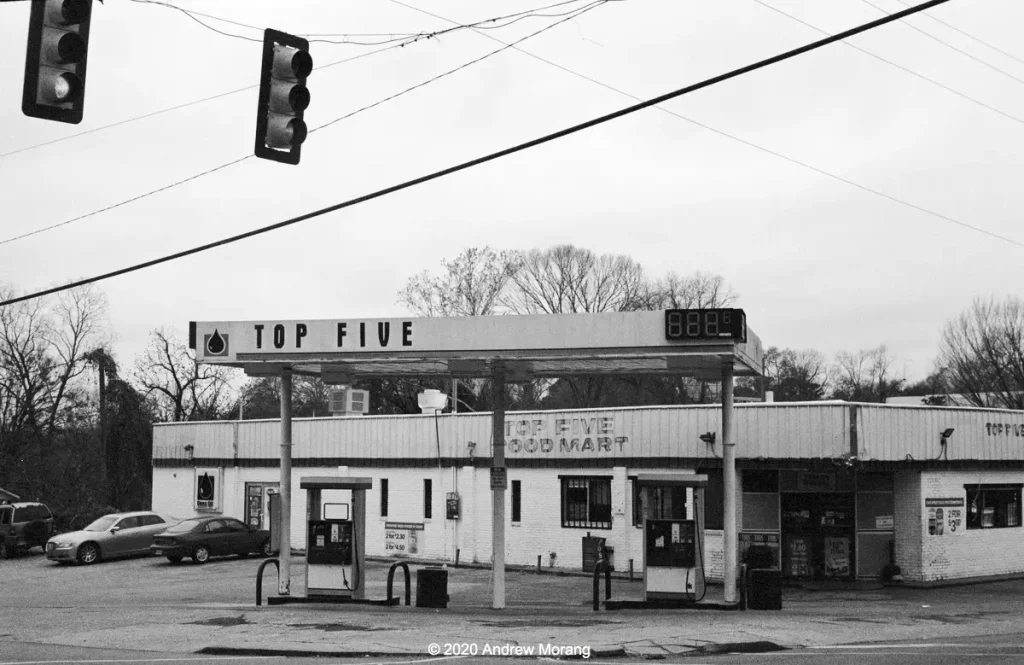
Industrial activity
The Port of Vicksburg is still operating, but traffic is definitely less. 18-wheeler trucks still rumble by with timber, lime, cement, or petroleum products, but there are fewer private cars and pickup trucks. The tank cars in the photograph below have been sitting on the siding for months. Possibly they are being used for storage of refined petroleum, but I am not sure.
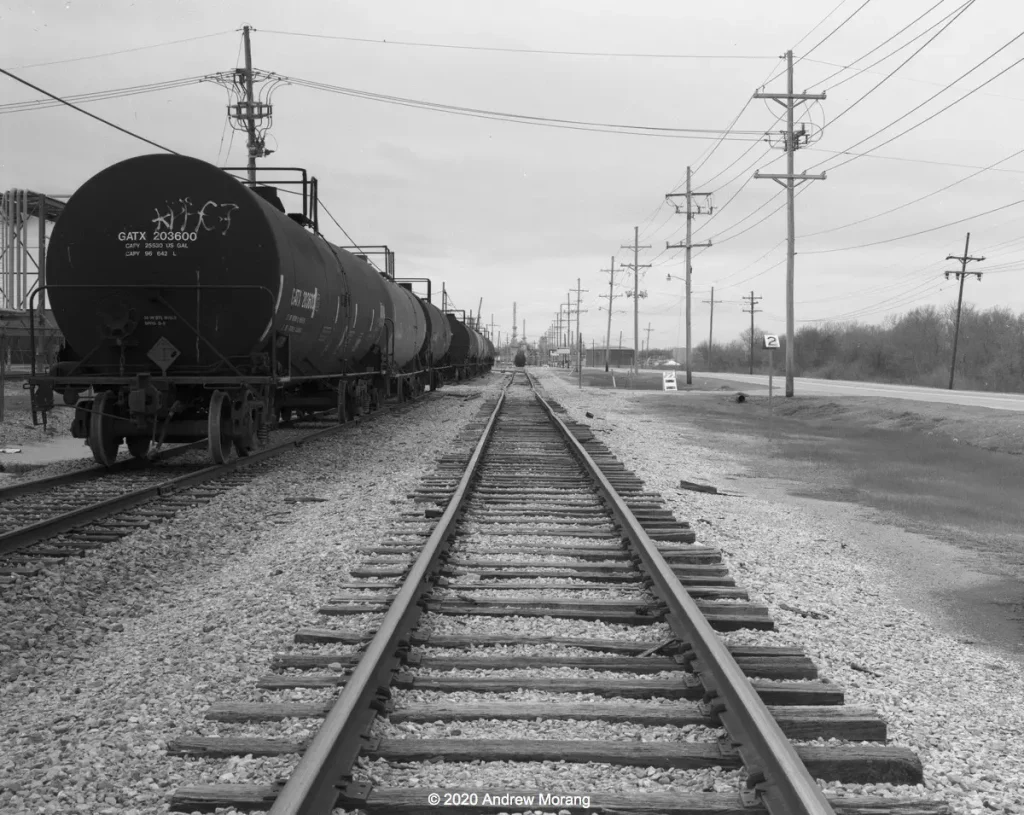
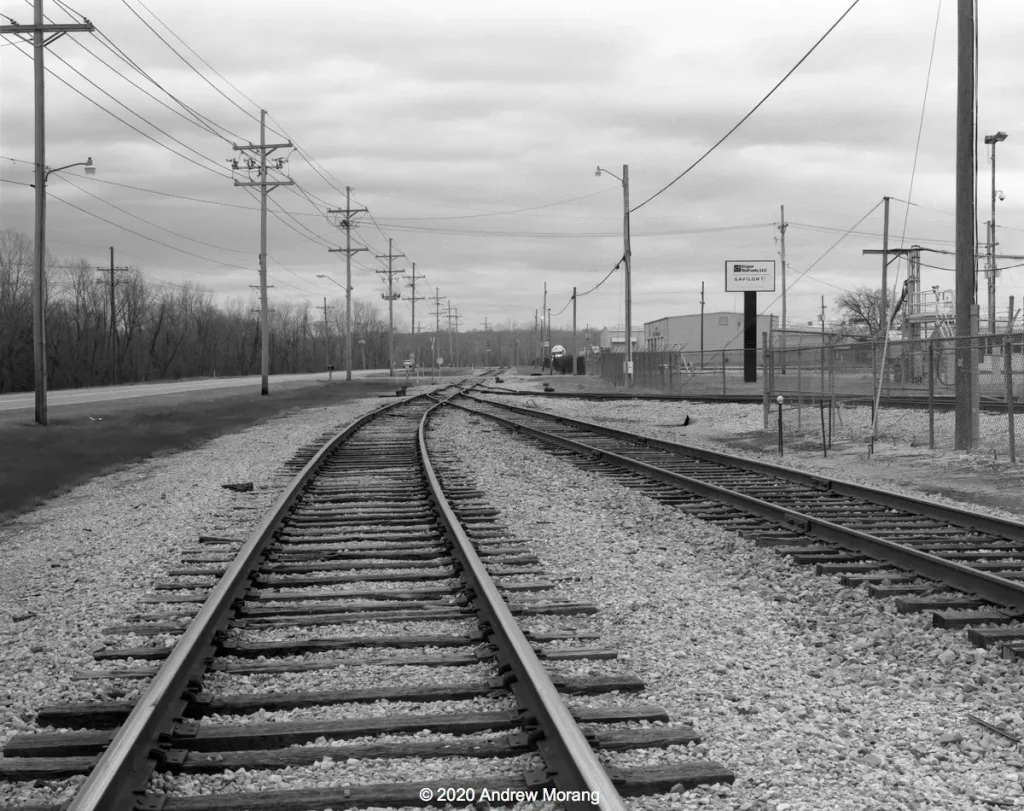
Closing comments
The virus restrictions have been more relaxed here than in many big cities, where people had to stay indoors for weeks. I live in a big old southern house and had plenty of chores and repairs to do. My wife and I can go out and take photographs, walk, or ride bikes. We did not consume or ingest any disinfectant or malaria drugs as per the “medical” recommendations from the fraud in the White House. We have coped with no issues at all.
One benefit of having a bit more spare time was reviving my 4×5 inch Tachihara camera. I was embarrassed that I had not used it since 2012. The equipment to use big pieces of film sitting in a closet, year after year? I retrieved the kit from the closet, checked the lenses and shutters, and loaded some film holders in a dark closet. At first, I was awkward, but the technique came back quickly. The Tachihara is a wooden field model and a tripod-only camera. Press photographers in the 1940s successfully hand-held 4×5 Speed Graphics (you have seen them in movies accompanied with big flash bulb reflectors), but mine does not have any sort of rangefinder. I even bought a lovely little 90mm ƒ/6.8 Angulon lens for wide-angle work. Here in town, I found a handy advantage to the reduced traffic: I can set up a tripod in the middle of a street and not have any issues. If I wear my orange National Park Service vest, some drivers stop, thinking that I am a surveyor or city employee.
We will get through this. So will you 35MMC friends. Be well, be careful, photograph your world with film, and make sure you get vaccinated.
You can see more of my photographs at Urban Decay. Thank you for reading.
Share this post:
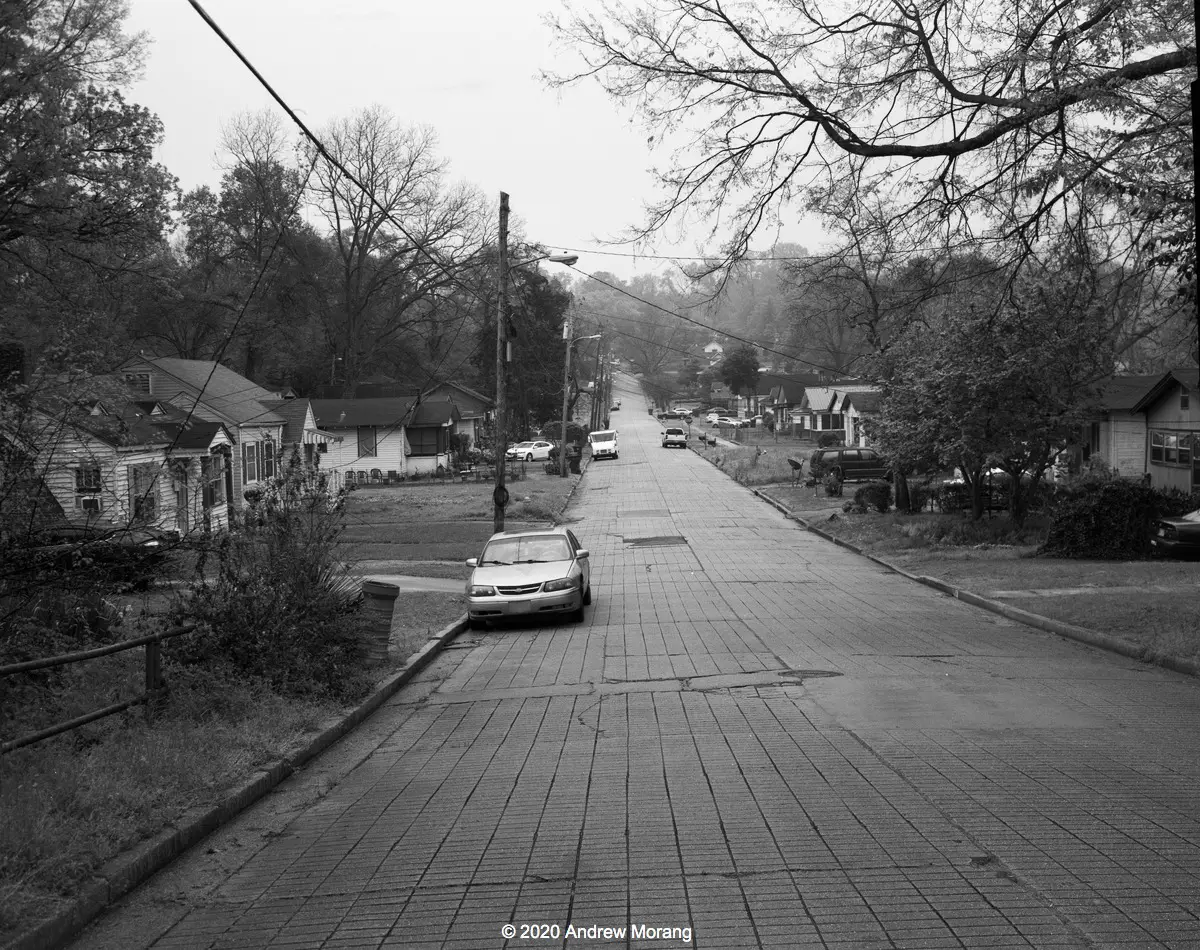








Comments
Michael on Virus in Vicksburg – a quick overview by Andrew Morang
Comment posted: 30/05/2020
Tim on Virus in Vicksburg – a quick overview by Andrew Morang
Comment posted: 30/05/2020
Tim
Comment posted: 30/05/2020
D Evan Bedford on Virus in Vicksburg – a quick overview by Andrew Morang
Comment posted: 30/05/2020
James Evidon on Virus in Vicksburg – a quick overview by Andrew Morang
Comment posted: 30/05/2020
James Evidon on Virus in Vicksburg – a quick overview by Andrew Morang
Comment posted: 30/05/2020
I just checked on 4x5 sheet film processing equipment. It really looks 'easy peezie' compared to loading 120 reels. I had a terrible time loading Patterson reels and I now have a different type that I'm going to try, but that is another story for another time. Since converting my field camera to roll film will be a much greater expense, it seems to make a lot more sense to use it as intended. 4x5 here I come!
Comment posted: 30/05/2020
Comment posted: 30/05/2020